Amalgamated Life Insurance Company, a leading provider of comprehensive insurance solutions, announced the appointment of Ray Moore as sales executive, Voluntary Worksite Products. Moore will be marketing Amalgamated Life’s voluntary worksite products across the U.S. Southern Region. He brings over two decades of senior level, specialized sales experienced in employee benefits and a proven track record in driving substantial revenue growth within the financial and insurance industry. His broad skills, which range from value-based selling, market trend analysis and contract negotiations to account management, team management and development, proposals and presentations, will be instrumental in his new role.
Prior to joining Amalgamated Life, Moore served as vice president, Field Operations and Sales at Employee Benefits Systems, Inc. (Houston, TX), where he managed the full scope of lead generation, client relations, and effectively driving new business development. As part of his sales leadership, he routinely made high-level presentations before large corporations and monitored all product training to assure a strong sales focus.
Moore’s career also included roles as regional vice president at Transamerica Worksite Marketing (Raleigh, NC), where he managed operations, served as the liaison between field and administrative staff, and established and maintained broker relationships. He also served as director, Employee Benefits with FinCor Solutions, Inc. (East Lansing, MI) and assistant vice president, Sales and Marketing with Bankers Security Life (Arlington, VA).
Moore’s advanced education includes Business Management and Marketing studies at Texas Christian University (TCU). He is ACA Certified from the National Association of Health Underwriters (NAHU).
Amalgamated also announced that Bruce Van Ryn has joined the company as a sales executive, Voluntary Worksite Products. Van Ryn will be marketing Amalgamated Life’s voluntary worksite products in MI, IN, WI, MN, SD and ND. A results-driven executive, Van Ryn brings over 25 years of senior level experience in insurance and benefit sales, as well as an entrepreneurial background having led his own marketing firm specializing in sales lead generation.
Van Ryn most recently served as a senior benefits consultant with Grand Companies (Grandville, MI), where he provided consultation, enrollment and employee benefits solutions to brokers and clients. While there, he leveraged technology, communications and on-site support to effectively address enrollment challenges. He also conducted various educational presentations to brokers, employers and employees to convey the financial security and peace of mind that cost-effective insurance products provide.
Van Ryn also served as district sales coordinator with AFLAC (Columbus, GA), where his accomplishments included achieving annual sales quotas and Leadership Conference sales goals and writing the most new policies in the Michigan District in 2015. Additionally, his career included his role as district general agent for Colonial Life & Accident Company (Columbia, SC). As President and CEO of Van Ryn Associates, Inc. (Grandville, MI), a marketing firm he founded, he helped manufacturers in the marketing and sales of their products through nationwide distribution networks.
Van Ryn holds a Bachelor of Arts, Business Administration from Calvin College.
Further, Amalgamated announced the appointment of Howard Gertner as sales executive, Voluntary Worksite Products. Gertner, will be marketing Amalgamated Life’s voluntary worksite products in CO, NV, UT, MT, WY, NE, ID, MO and AZ. He brings a proven track record spanning almost three decades in voluntary worksite, insurance and related offerings. His achievements on behalf of former employers include successfully building market share in underperforming territories, and increasing sales of worksite and voluntary product through direct sales to employers and broker distribution channels.
Directly prior to joining Amalgamated Life, Gertner served as vice president of Sales at United Group Programs (Denver, CO), where he built powerful relationships with brokers, consultants and national strategic partners to sell the company’s medical benefits programs, coverage plans and worksite ancillary programs. Other recent positions held by Gertner include his roles as sales representative with Reliance Standard Life Insurance (Denver, CO), where he implemented open enrollment meetings that consistently achieved 90 percent enrollment numbers, and agency development manager with Colonial Life & Accident (Sunrise, FL), where his responsibilities included building and strengthening broker relationships, as well as overseeing 10-15 sales agents and driving their sales success. In addition to these positions, Gertner has held several other sales executive and management roles with various insurers and health plans
Gertner holds an Associates of Arts and Sciences in Zoology from Santa Fe College.
Founded in 1943, Amalgamated Life Insurance Company has since grown into a leading provider of comprehensive insurance solutions operating in all 50 states and the District of Columbia. The company provides competitive group products including term life, medical stop loss, disability and specialty drug cost management, as well as voluntary products such as accident, accidental death and dismemberment, critical illness, dental, disability, hearing, ID theft, legal, portable term life and whole life, among others. Since 1975, Amalgamated Life Insurance Company has consistently earned the “A” (Excellent) Rating from A.M. Best Company attesting to its strong fiscal position. The Company is a member of the Amalgamated Family of Companies which also includes: AliCare, a third-party administrator; AliCare Medical Management, a medical care management firm; AliGraphics, a full-service printing and graphics firm; and Amalgamated Agency, a property and casualty brokerage. For more information, visit: www.amalgamatedlife.com.














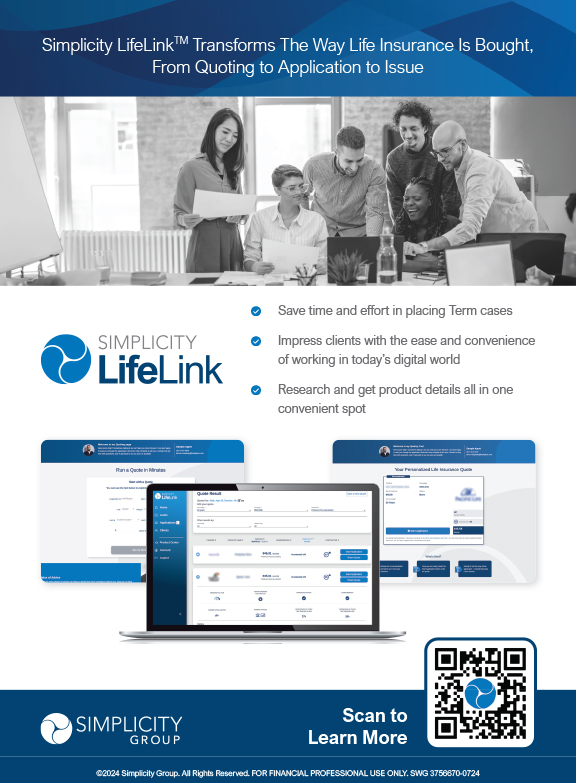

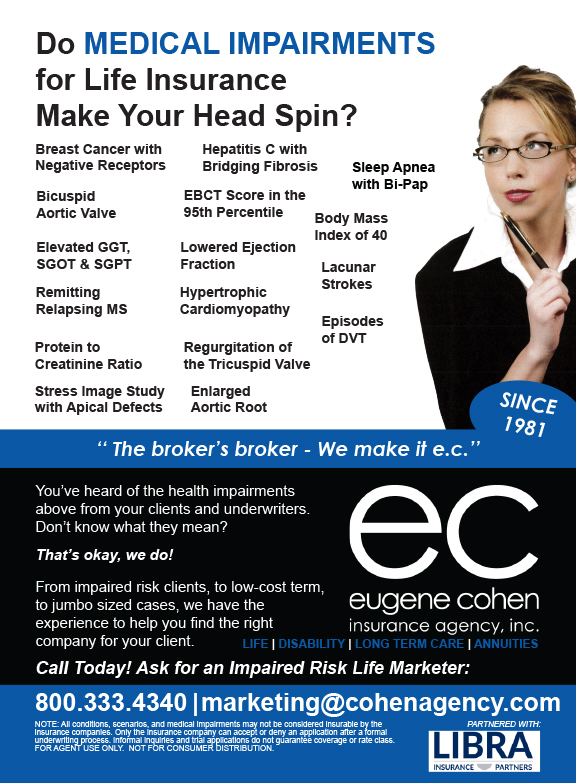







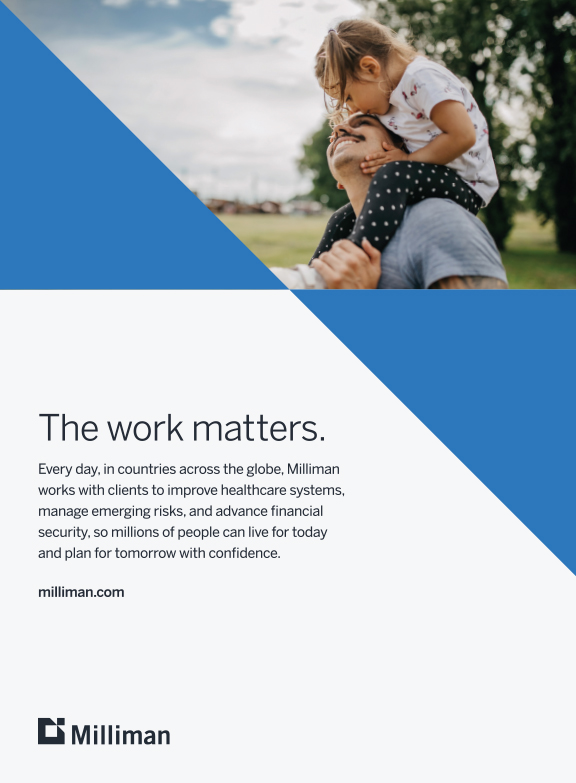




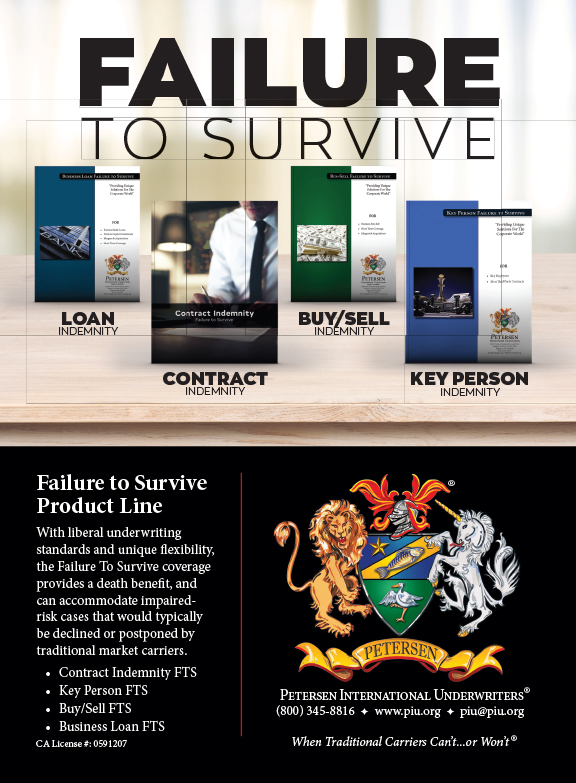


The Establishing Shot That Gives Clients Perspective
“Look, all I’m asking is for you to just have the tiniest bit of vision. You know, to just sit back for one minute and look at the big picture.”*
On July 11, 1997, Warner Bros released the movie Contact. The film opened with a scale view shot of the entire universe, beginning with a view of Earth from high in the atmosphere. The camera started zooming backward, first passing the Moon, then Mars, asteroids and other features of our solar system, then into interstellar space, through the Milky Way, and receded through other galaxies into deep space. While the scene pulled the viewer further and further from earth the movie-goer heard sounds of pop songs, TV show themes and famous speeches carried by radio waves of broadcast programming emitting from earth. The music and news broadcasts began with the present and retreated into the past.
This opening scale pan of Contact broke the record for the longest unbroken shot comprised entirely of computer-generated visual effects. Movie critics continue to hail this sequence as one of the best examples of what the movie industry calls the “Establishing Shot.” People sat in the theaters transfixed and silent for the full three minutes that the opening scene lasted. View the Establishing Shot from Contact here
The Establishing Shot
According to MediaCollege.com, “Establishing Shot” is defined as “the first shot of a new scene, designed to show the audience where the action is taking place. It is usually a very wide shot or extreme wide shot.”**
The Establishing Shot provides context and overview.
The most memorable Establishing Shots are often visually iconic or technically intricate and complex. The goal is to provide viewers with information about the story’s setting, time frame and perspective.
Clients Often Lack Perspective
“Everywhere is walking distance if you have the time.”—Steven Wright
The nature of humans is to self-deceive. “I have time enough.” “That won’t be a problem.” “Somehow it will all work out.” These can all be true statements—eventually. To face the facts, to embrace reality, requires courage. Or… assistance.
The role of the independent financial professional is to create the Establishing Shot for each client. Someone must show clients where they are in time and in life. Someone needs to give context, create urgency and drive decision-making. There is no better time than at the end of one year and the beginning of the next.
If you are an independent financial professional, I urge you to begin thinking of yourself as the “Big Picture” advisor. It is easy for clients to think too confidently, or, conversely, to lose hope. It is often the case that the clients find financial matters altogether confusing and decide that doing nothing is therefore the best strategy for now. We all know that procrastination never leads to success.
Impact of the Big Picture Advisor
For clients to properly think about problems they need to know how all the pieces fit together. Just like in the movies, where a well-done Establishing Shot can create context, you, as a Big Picture advisor, can help your clients to:
Your Job If You Choose to Accept It
The independent financial professional who desires to serve as the Big Picture advisor must know how to create the Establishing Shot for clients. Say for example that you will be meeting with a client at 2:00 pm tomorrow afternoon. You have allocated 60 minutes for the appointment. As Big Picture advisor you need to begin setting the scene. In the opening five minutes you need to pre-lap. In screenwriting, “Dialogue spoken over an establishing shot leading into the scene is called a ‘pre-lap.’”***
Pre-lapping is when dialogue begins before the director cuts to the scene in which the dialogue will be spoken.
This is what you might say to your client and what your pre-lapping might look like:
Through these table-setting comments, you establish the context of the dialogue about to take place and provide an apt description of the work you do on behalf of your clients.
Summary
Serving as the Big Picture advisor:
In Contact an alien (played by David Morse) says this about human beings:
“You’re an interesting species. An interesting mix. You’re capable of such beautiful dreams, and such horrible nightmares. You feel so lost, so cut off, so alone, only you’re not. See, in all our searching, the only thing we’ve found that makes the emptiness bearable, is each other.”****
Bottom line: people truly need a Big Picture advisor. Are you taking new clients?
References:
* Line spoken by Jodie Foster as Dr. Eleanor “Ellie” Ann Arroway in “Contact”
**https://www.mediacollege.com/video/shots/establishing.html
***https://screenwriting.io/what-is-an-establishing-shot/
****https://www.moviequotes.com/s-movie/contact/